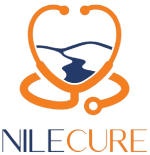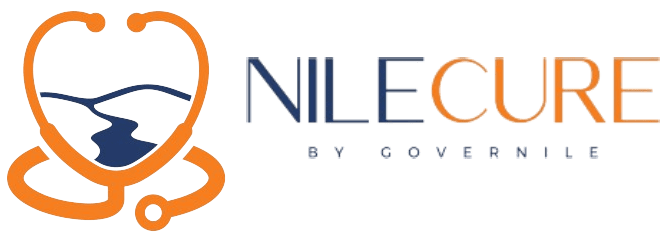
Acne treatment involves a combination of approaches aimed at reducing acne lesions, preventing new breakouts, and improving overall skin health. Here’s an overview of common acne treatments:
1. Topical Treatments:
– Benzoyl Peroxide: A topical medication that kills bacteria, reduces inflammation, and helps unclog pores. It is available over-the-counter (OTC) in various concentrations.
– Topical Retinoids: Derived from vitamin A, retinoids help unclog pores, prevent new acne lesions, and promote cell turnover. Common examples include tretinoin, adapalene, and tazarotene.
– Topical Antibiotics: Antibiotics such as clindamycin and erythromycin can be applied to the skin to reduce acne-causing bacteria and inflammation.
– Salicylic Acid: An exfoliating agent that helps remove dead skin cells, unclog pores, and reduce inflammation. It is often found in acne cleansers, toners, and spot treatments.
2. Oral Medications:
– Oral Antibiotics: Antibiotics like doxycycline, minocycline, and tetracycline are sometimes prescribed for moderate to severe acne to reduce inflammation and kill bacteria.
– Oral Contraceptives: Birth control pills containing estrogen and progestin can help regulate hormonal fluctuations that contribute to acne in some individuals.
– Isotretinoin (Accutane): A potent oral medication reserved for severe, nodular acne that does not respond to other treatments. It reduces oil production, prevents clogged pores, and has long-lasting effects.
3. Procedures:
– Extraction: Manual removal of blackheads and whiteheads by a dermatologist using sterile instruments.
– Chemical Peels: Application of a chemical solution to the skin to exfoliate the top layer, unclog pores, and improve skin texture.
– Laser Therapy: Various laser and light-based therapies can target acne-causing bacteria, reduce inflammation, and stimulate collagen production.
4. Home Care:
– Gentle Cleansing: Washing the face twice daily with a mild cleanser to remove excess oil, dirt, and bacteria without stripping the skin’s natural moisture.
– Non-comedogenic Products: Choosing skincare and makeup products labeled as non-comedogenic to avoid clogging pores.
– Sun Protection: Using oil-free, non-comedogenic sunscreen to protect the skin from UV damage and prevent post-inflammatory hyperpigmentation.
5. Lifestyle Factors:
– Healthy Diet: Consuming a balanced diet rich in fruits, vegetables, whole grains, and lean proteins, and limiting processed foods and sugary snacks.
– Stress Management: Practicing stress-reduction techniques such as mindfulness, meditation, yoga, or deep breathing exercises.
– Avoiding Irritants: Minimizing exposure to harsh skincare products, heavy cosmetics, and environmental pollutants that can exacerbate acne.
It’s essential to consult with a dermatologist to determine the most appropriate treatment regimen based on the severity and type of acne, as well as individual skin characteristics and medical history.

